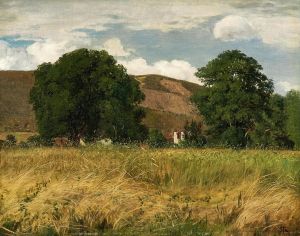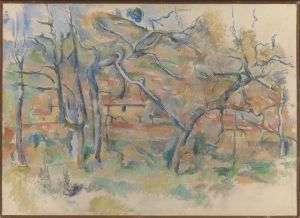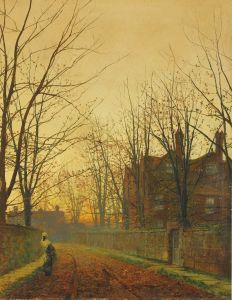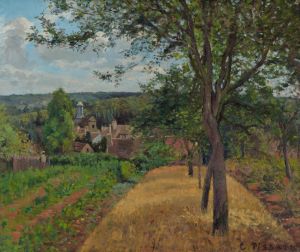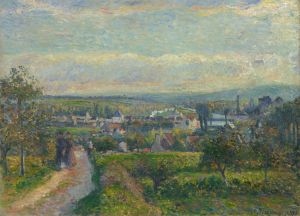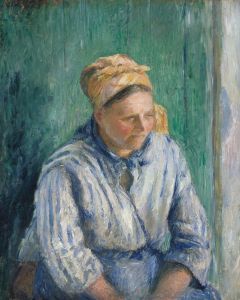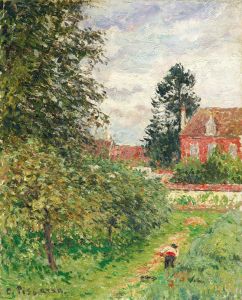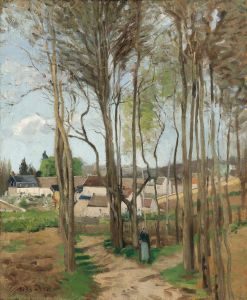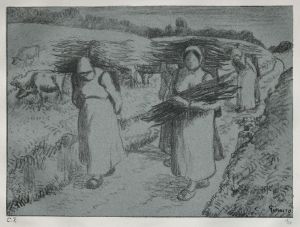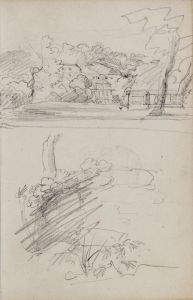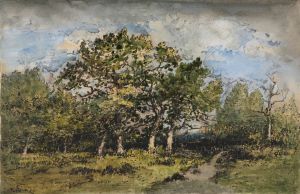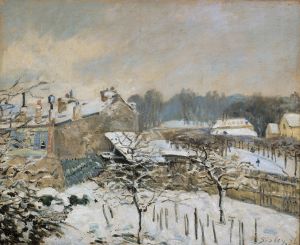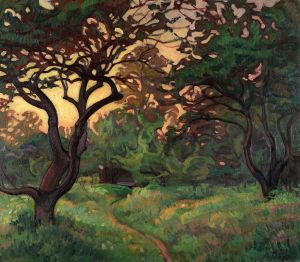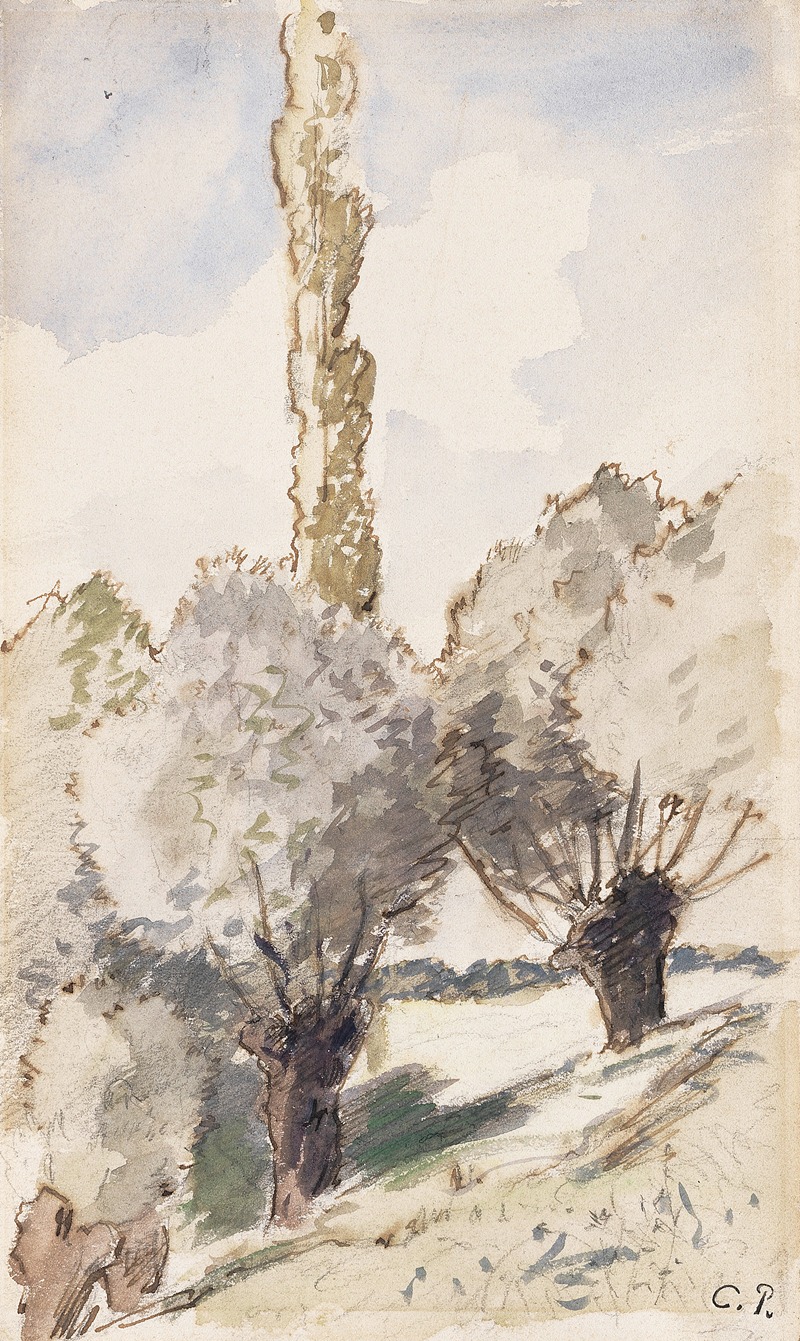
Paysage aux arbres
A hand-painted replica of Camille Pissarro’s masterpiece Paysage aux arbres, meticulously crafted by professional artists to capture the true essence of the original. Each piece is created with museum-quality canvas and rare mineral pigments, carefully painted by experienced artists with delicate brushstrokes and rich, layered colors to perfectly recreate the texture of the original artwork. Unlike machine-printed reproductions, this hand-painted version brings the painting to life, infused with the artist’s emotions and skill in every stroke. Whether for personal collection or home decoration, it instantly elevates the artistic atmosphere of any space.
Camille Pissarro, a pivotal figure in the Impressionist movement, created "Paysage aux arbres" during a period when he was deeply engaged in exploring the nuances of light and atmosphere in landscape painting. Pissarro, born on July 10, 1830, in the Danish West Indies, was a Danish-French painter who played a significant role in the development of Impressionism and Post-Impressionism. His work is characterized by its focus on rural and urban French life, often depicting scenes of peasant laborers and the changing seasons.
"Paysage aux arbres," translated as "Landscape with Trees," exemplifies Pissarro's dedication to capturing the natural world with a keen sense of observation and a delicate touch. Although specific details about this particular painting are limited, it is consistent with Pissarro's broader oeuvre, which frequently features trees as central elements in his compositions. Trees, for Pissarro, were not merely background elements but dynamic subjects that interacted with light and shadow, offering a study in contrasts and textures.
Pissarro's technique often involved the use of small, loose brushstrokes that allowed him to convey the transient effects of light and weather. This method is a hallmark of Impressionism, a movement that sought to capture the momentary and ephemeral aspects of the natural world. In "Paysage aux arbres," Pissarro likely employed a palette of muted greens, browns, and blues, colors that are typical of his landscapes, to create a harmonious and serene depiction of nature.
Throughout his career, Pissarro was known for his commitment to working en plein air, or painting outdoors, which enabled him to observe and render the subtleties of natural light with great fidelity. This practice was central to the Impressionist approach and is evident in the atmospheric quality of his landscapes, including "Paysage aux arbres."
Pissarro's influence extended beyond his own work; he was a mentor to several other prominent artists, including Paul Cézanne, Paul Gauguin, and Vincent van Gogh. His openness to new ideas and techniques, as well as his collaborative spirit, helped to foster a sense of community among the Impressionists and later the Post-Impressionists.
"Paysage aux arbres" reflects Pissarro's enduring interest in the interplay between humanity and nature. While the painting itself may not depict human figures, the cultivated landscape suggests the presence and influence of human activity. This theme is recurrent in Pissarro's work, where the natural and the human-made coexist in a delicate balance.
In summary, "Paysage aux arbres" is a testament to Camille Pissarro's mastery of landscape painting and his pivotal role in the Impressionist movement. Through his innovative techniques and profound understanding of the natural world, Pissarro created works that continue to resonate with audiences today, capturing the beauty and complexity of the landscapes he so lovingly depicted.





